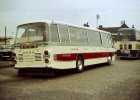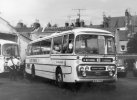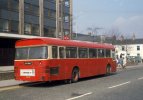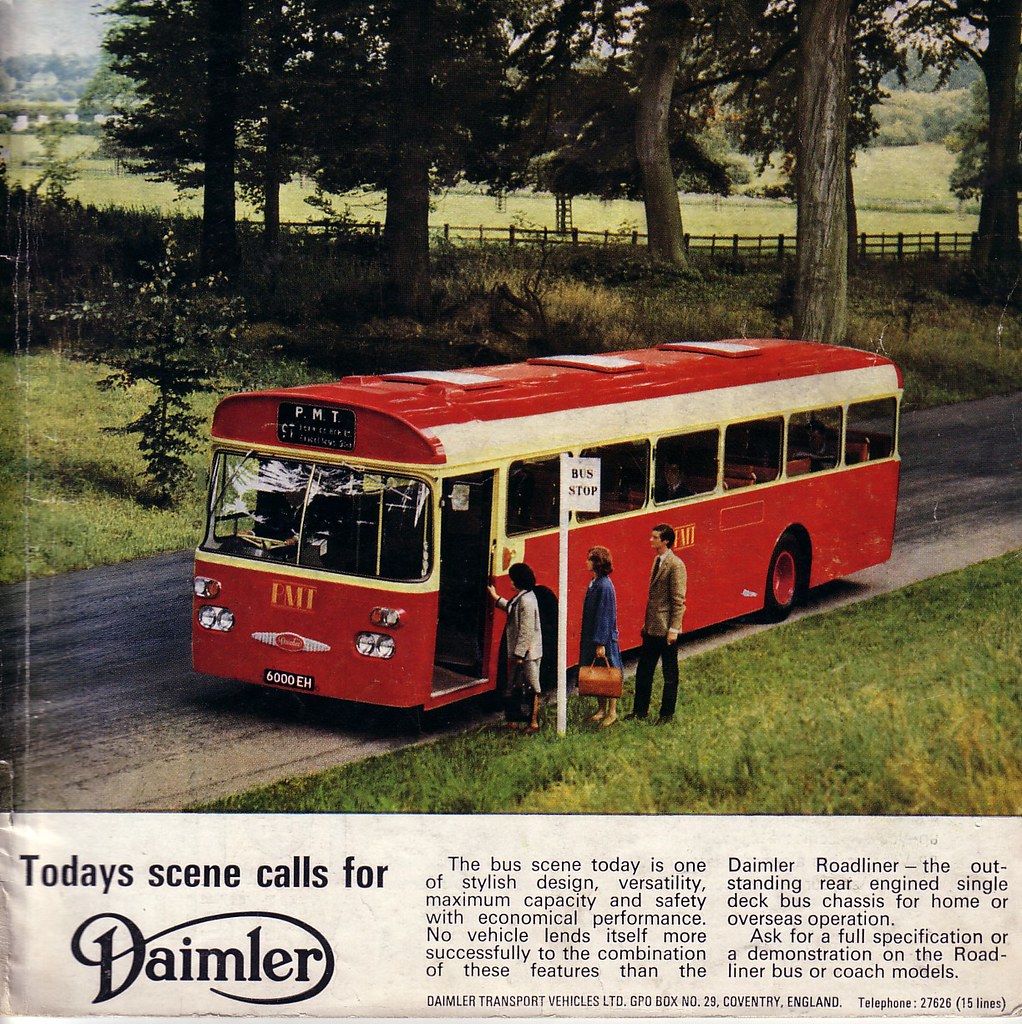Strathclyder
Established Member
Often cited as one of the worst bus designs to ever see the light of day in most enthusiast circles (it often shares the 'worst British bus' title with the Guy Wulfrunian), the Roadliner's story has been a source of great fascination personally for some time. This thread concerns itself with the type's origins & development history, it's service history, the issues that reared their ugly heads once in service, their rapid demise and the very few that were lucky enough to survive into preservation.
(Should say I've been meaning to get this thread out for a while now; I can thank life and my overall laziness for not getting around to it sooner lol)
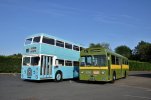
(Preserved Walsall No.56 & Wolverhampton No.719 - copyright of the Federation of British Historic Vehicle Clubs)
(Should say I've been meaning to get this thread out for a while now; I can thank life and my overall laziness for not getting around to it sooner lol)

(Preserved Walsall No.56 & Wolverhampton No.719 - copyright of the Federation of British Historic Vehicle Clubs)

